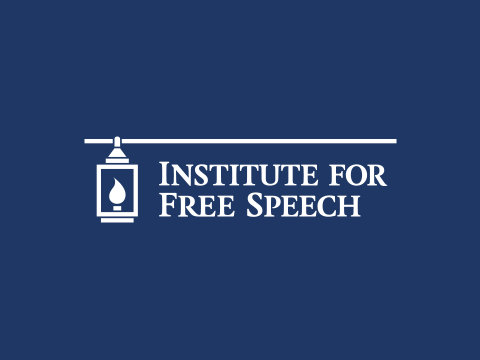It’s just a few days into the new year – more than enough time for everyone to have begun breaking their resolutions, but not enough to know what exactly 2018 will hold with regard to media coverage of campaign finance stories. Looking at the past year (and beyond) of such stories in the news, however, we can already make a reasonable guess about the kinds of narratives, tropes, and clichés to look out for over the next twelve months. Here are three safe predictions:
1) Candidates with more money will be treated as heavy favorites – but won’t always win.
People get things wrong – we understand, it happens. In a midterm election year, there are hundreds of elections on the national radar, and media prognosticators are bound to flub a few. (Even the most data-driven sources can’t do much besides report the probabilities and wait to see what happens.)
But pundits and strategists aren’t doing themselves any favors by insisting political money is the be-all-end-all of election outcomes. We all know the biggest primary and general election spenders of 2016 came up short in their campaigns. That won’t stop some from claiming that financial imbalances between campaigns mean elections are “rigged” – rather than the more fitting hypothesis that candidates raise more money because they generate greater excitement and support among voters.
In 2017, we added Jon Ossoff to the pantheon of candidates who far outraised their rivals, but didn’t have a victory to show for it. That won’t stop the media from wagging its finger at election spending, which brings us to the second observation…
2) The media will complain about “record spending” and out-of-state money in races.
These two storylines are slightly different, but each reflect a puzzlingly knee-jerk aversion to election spending, since such developments are almost always portrayed in negative terms. Politico reported that the special election in Georgia’s Sixth Congressional District was the most expensive House race in U.S. history, saying it was “plainly more money than one House race out of 435 needs,” according to a mysterious standard that the outlet has yet to reveal to anyone. Yet, a few months later, Politico decried the Illinois gubernatorial race for shaping up to be a high-priced contest – this time the most expensive statewide race in U.S. history.
Expect more of these stories in 2018. Not because our system is becoming more corrupt by the day, but because that’s just how spending works. Rising media costs, an increased population of voters to reach out to, more candidates in the ring, and, of course, simple inflation, all basically guarantee that spending will generally increase every year for completely innocuous reasons. This makes the “most election spending for a presidential/House/Senate/gubernatorial/etc. race ever” an evergreen storyline that news outlets love to return to.
The midterm elections are also sure to suffer from plenty of gripes in print and online about spending and contributions from outside the confines of a particular state or district. Media stories portray local elections as being controlled by outsiders, and candidates love to accuse their opponents of being beholden to shady interests rather than voters. In reality, local races have national consequences – especially federal elections – and, at the end of the day, it is still local voters who decide the outcome. Out-of-state actors can do no more than simply try to persuade citizens one way or another. Such spending can be a democratizing force too, especially when voters face an odious candidate and local political institutions don’t have the ability to capitalize on such electoral opportunities on their own.
2018 will feature plenty of stories about the supposed “corruption” of political spending, but it’s really an avenue for free speech and political debate. Regardless, some see certain forms of political speech as illegitimate…
3) The media will fixate on the role of “big donors” while ignoring its own central role in public discourse.
It seems that every few years, media outlets on both the left and right find wealthy boogeymen to portray as the puppet masters behind everything those doing the writing dislike about politics. The Koch Brothers have faced criticism for years, including unprecedented attacks from the floor of the U.S. Senate. In turn, George Soros has been a perennial punching bag for the right.
But the media constantly finds fresh new faces to throw into the mix. The Mercer family’s support of Donald Trump has brought it into the national spotlight. Tom Steyer’s public efforts to push for Trump’s impeachment have made him a target of criticism as well. 2018 will certainly feature more profiles of Americans who donate to candidates, super PACs, and other political or advocacy organizations.
What should not be lost in this narrative, however, is that the vast majority of political spending still comes from sources that are restricted by contribution limits – such as candidates, political parties, and political committees. In fact, 2016 showed the power of small donors in elevating candidates.
Furthermore, media focus on donors shaping political discourse leaves out a huge factor: media companies themselves. To most, it comes as no surprise that news stories are the dominant force in shaping public perceptions, rather than paid advertising or campaign rallies. That hasn’t stopped the outlets that gave billions of dollars of free airtime to candidates like Donald Trump from scratching their heads, wondering how he became so successful.
* * *
Some of these stories come with the territory of political reporting, while others can be harmful to our discourse by distorting the reality about how our democracy and free speech work in America. While it’s inevitable that many stories repeating these three themes will appear in 2018 and beyond, it doesn’t mean the media shouldn’t try to make quitting them a New Year’s resolution.












